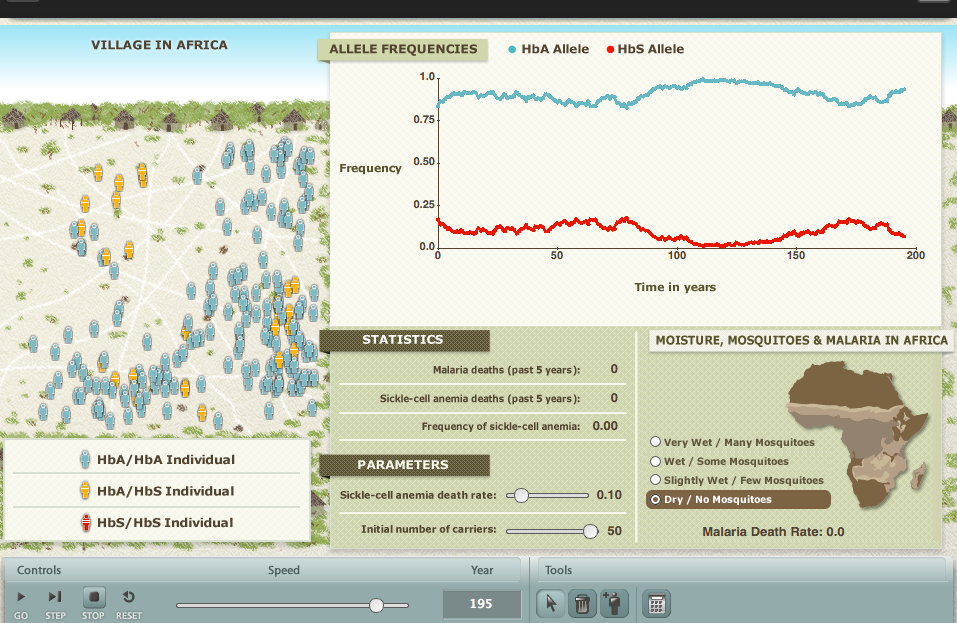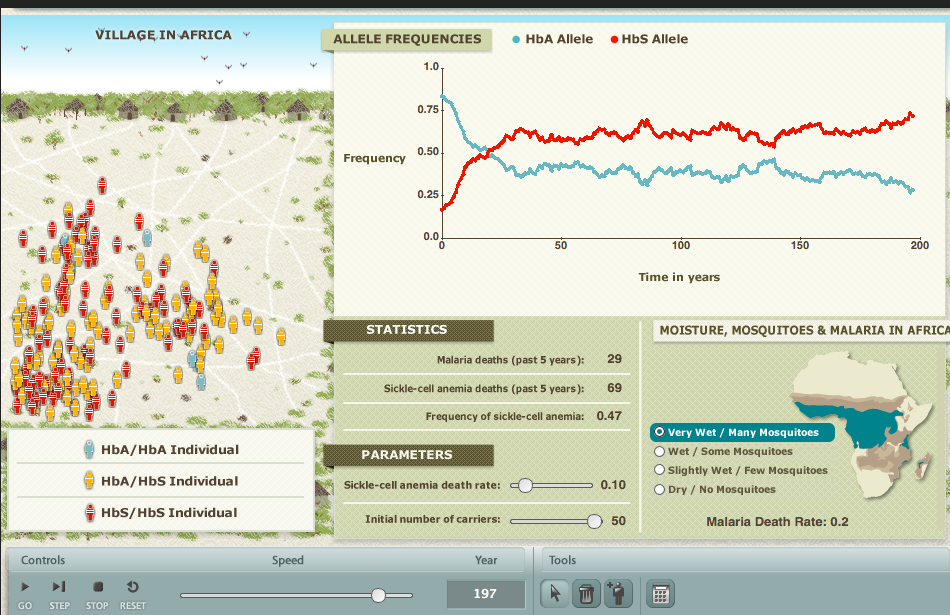Sickle Cell Anemia Investigation: Day 8/9
This was a day where we did gel electrophoresis. I got my Sickle Cell test kits from Minione. This is the same supplier that we got our gel electrophoresis units from. I ran a kit which wasn’t anything too spectacular or creative here. The gels can be microwaved, loaded, and cool into tiny forms in 15 minutes at the beginning of class. This left students with about 60 minutes to load their DNA in wells and turn on their electrophoresis kits. I had every student group run their DNA all the way through. Running the DNA only took 22 minutes. During the time that it took to run the DNA I had the students complete an assignment made by mini PCR to check their understanding of gel electrophoresis.
I quickly realized that I needed the students to help me aliquot the DNA samples into numbered microcentrifuge vials that corresponded to particular patients. This added several minutes at the beginning of classes but it saved me over a hour of prep time.

The next day we talked about the activity one more time. I used a time lapse video that one of the students took.
After this time I showed HHMI’s video on Sickle Cell Anemia to answer the guiding question, “Why does sickle cell disease only occur in some locations around the globe.”
Finally, I went through the way that Hb A and Hb S alleles would behave in a zone of low malaria and a zone with high malaria. I made them predict at their table what would happen and explain why. I actually had to be very aggressive to get them to argue. Often we talk about argumentation as an important skill. My students were simply saying things, yet, I knew that they had all the skills necessary to make good predictions based on logic.

Once the students saw what would happen in low malaria zones I made each table develop an argument for what would happen in areas with high malaria. They had to simply support their hypothesis with logic, but they hated this. I’m still mad about their unwillingness to apply what they had learned to a prediction.

I loved this whole experience, and I thought it was a great story for students to remember how a system can work from a change in DNA all the way to a population being changed. They will remember this information for much longer than a traditional presentation of the material, because it was presented as a story and humans are primed for narrative not a jumble of incoherent facts and events. I can imagine a suite of biological stories that move from DNA science to evolution. This would serve to create a coherent sense of how biology works rather than a patchwork of biological units that the student never ties together.
Narrative gives biology meaning just as it gives our lives meaning. We should use narrative to weave the large concepts of biology together for a view of life with a little more grandeur.
